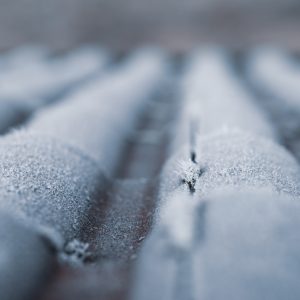 Preventive home fall maintenance is key to prepping your home before the freezing cold winter season arrives. Here is part 1 of the article, part 2 will be covered in Nov 2019.
Preventive home fall maintenance is key to prepping your home before the freezing cold winter season arrives. Here is part 1 of the article, part 2 will be covered in Nov 2019.
1) Give Your Fireplace a Once-Over: Be sure your fireplace is safe and secure, so grab a flashlight and look up inside your fireplace flue to make sure the damper opens and closes correctly and with ease. Open the damper and look up into the flue. Are there any birds or other critters nesting in it? Are there any other obstructions like leaves or branches etc? You should see the daylight at the top of your chimney. Check the firebox too – are there any cracked or missing bricks and mortar? If you see any damage, find a local professional fireplace and chimney inspector. A fireplace inspection can cost anywhere from $79 to $500.
2) Clean and Stow Your Mower: If your mower sits for months with gas in its tank, the gas will slowly deteriorate, which can damage internal engine parts and ruin your mower. Fuel stabilizer ($10 for a 10-ounce bottle) prevents gas from degrading. Add stabilizer to your gasoline can to keep spare gas in good condition over the winter, and top off your mower tank with stabilized gas before you put it away for the winter. Run it for a few minutes to be sure it is mixed well. Or just empty your gas out of your mower for the season. Run it until you are sure it is empty and dry.
3) Remove Garden Hoses From Faucets: Remove any and all garden hoses from all of your outdoor faucets. Leaving hoses attached can cause water to back up in the faucets and in the plumbing pipes just inside your exterior walls. When freezing temperatures hit this winter, that water will freeze, expand, and crack and further damage your faucet or pipes. Make this an top fall priority so a sudden cold snap doesn’t sneak up and cause damage, like in October or by early November. Inside, turn off any shutoff valves on water supply lines that lead to your exterior faucets. In that way, you won’t have even minor leaks that may let water accidentally enter the faucet. Lastly, drain garden hoses and store them in your garage or shed or basement.
4) Drain Your Sprinkler System: Fall is the time to drain your irrigation system. Even buried irrigation lines can freeze, leading to busted pipes and broken sprinkler heads. Start by turning off the water to the system at the main valve. Then shut off the automatic controller. Open your drain valves to remove water from the system. Remove any above-ground sprinkler heads and shake the water out of them, then replace. If you don’t have drain valves, then hire an irrigation company to blow out the systems pipes with their compressed air. A professional typically charges between $75 to $150, and will ensure you don’t have busted pipes and sprinkler head repairs to make in the spring.
5) Direct Your Drainage: Sometimes folks don’t pay attention to the house drainage area until it is too late. Take a close look at the soil around your foundation and make sure it slopes away from your house at least 6 vertical inches over 10 feet. You will keep water from soaking the soils around your foundation, which could lead to cracks and leaks. Make sure soil doesn’t touch your siding.
